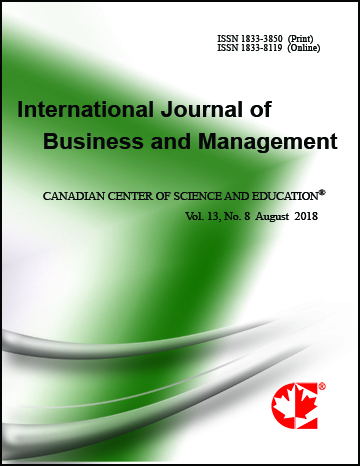How Words Matter - Coaches’ Verbal Interventions and Their Relationship to Coach/Client Outcomes
- James Gavin
- Nicolò Francesco Bernardi
Abstract
While coaching has been widely adopted by organizations as a human resource development strategy, in-session coach interventions remain opaque. This study examined links between specific coach verbal behaviors and independent session ratings from clients and coaches. Forty-eight coach-client pairs contributed recordings and ratings for three sessions (2-4 of a six-session series). Transcripts were coded with a 37-category scheme. For each code we derived two metrics—absolute frequency (interventions/hour) and within-session percentage of coach talk—and used median splits to compare high versus low groups on three outcomes: goal alignment, task accomplishment, and perceived bond. Mann-Whitney U tests supported several patterns. Client ratings were higher when empathic, meaning-making behaviors—reflections of feeling, explorations of emotion and learning, affirming feedback, and judicious humor—comprised a larger share of coach talk, and lower when advice, disconfirming feedback, ecosystem probing, repeated verification/checking, or tangential thought occurred at higher rates. Coaches reported greater alignment (and, by percentage, task accomplishment) with more minimal encouragers, and higher task accomplishment and bonding with more affirmations, humor, and learning exploration; they reported lower alignment when emotions or values were explored more frequently. Behavioral dysregulation was associated with lower coach-rated task accomplishment. Longer sessions (~45 vs. ~30 minutes) were associated with higher client ratings on all three outcomes and with higher coach-rated task accomplishment. Overall, findings suggest that style composition and dosage matter, and that client and coach perspectives may be complementary rather than interchangeable. Coaching practice may benefit from prioritizing empathic reflections and focused explorations while limiting high-dosage influence moves.
- Full Text:
 PDF
PDF
- DOI:10.5539/ijbm.v20n6p181
Journal Metrics
Google-based Impact Factor (2023): 0.86
h-index(2023): 152
i10-index(2023): 1168
Index
- Academic Journals Database
- ACNP
- AIDEA list (Italian Academy of Business Administration)
- ANVUR (Italian National Agency for the Evaluation of Universities and Research Institutes)
- Berkeley Library
- CNKI Scholar
- COPAC
- EBSCOhost
- EconPapers
- Electronic Journals Library
- Elektronische Zeitschriftenbibliothek (EZB)
- EuroPub Database
- Excellence in Research for Australia (ERA)
- Genamics JournalSeek
- GETIT@YALE (Yale University Library)
- IBZ Online
- IDEAS
- iDiscover
- JournalTOCs
- Library and Archives Canada
- LOCKSS
- MIAR
- National Library of Australia
- Norwegian Centre for Research Data (NSD)
- PKP Open Archives Harvester
- Publons
- Qualis/CAPES
- RePEc
- ROAD
- Scilit
- SHERPA/RoMEO
- Standard Periodical Directory
- Universe Digital Library
- UoS Library
- WorldCat
- ZBW-German National Library of Economics
Contact
- Stephen LeeEditorial Assistant
- ijbm@ccsenet.org
